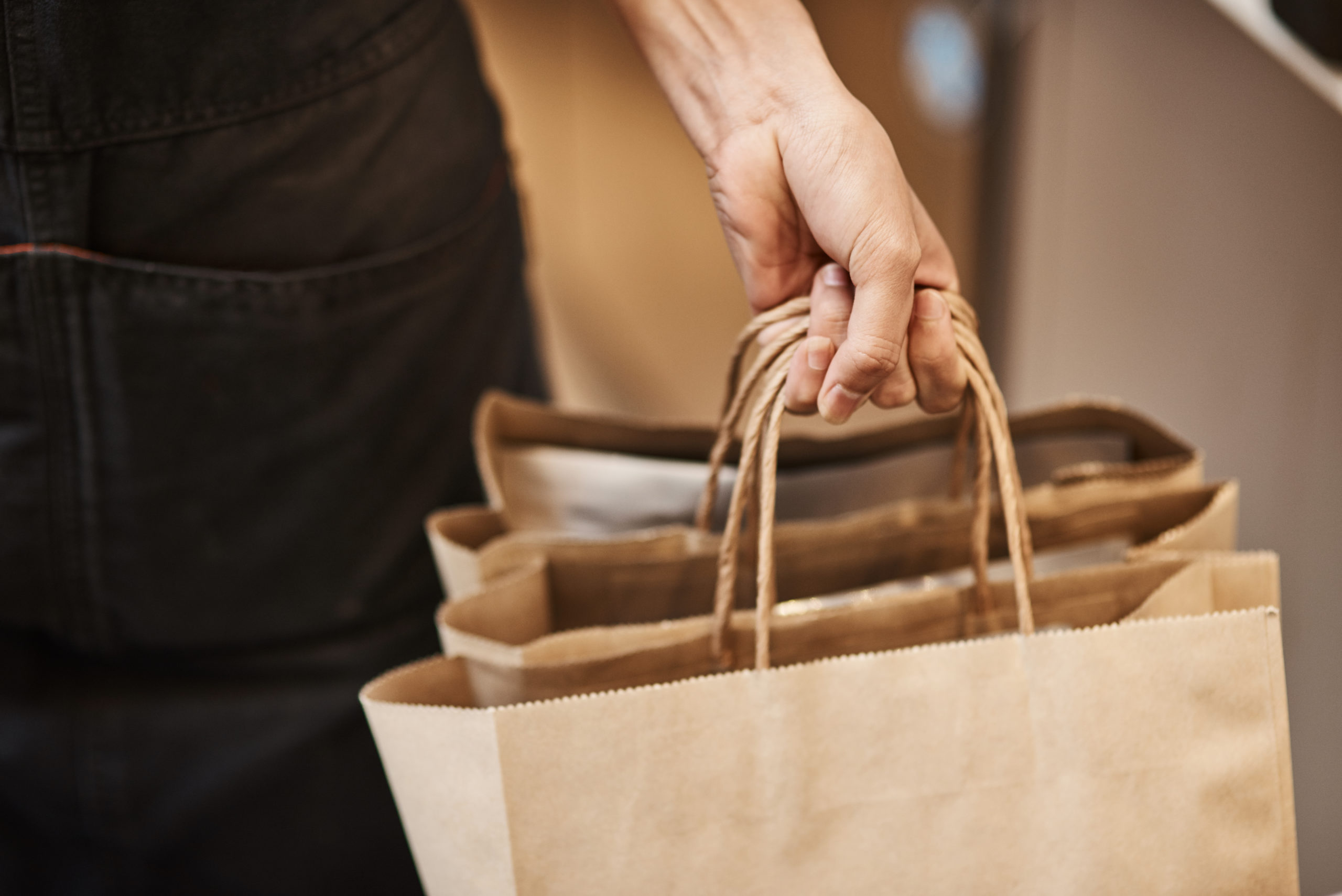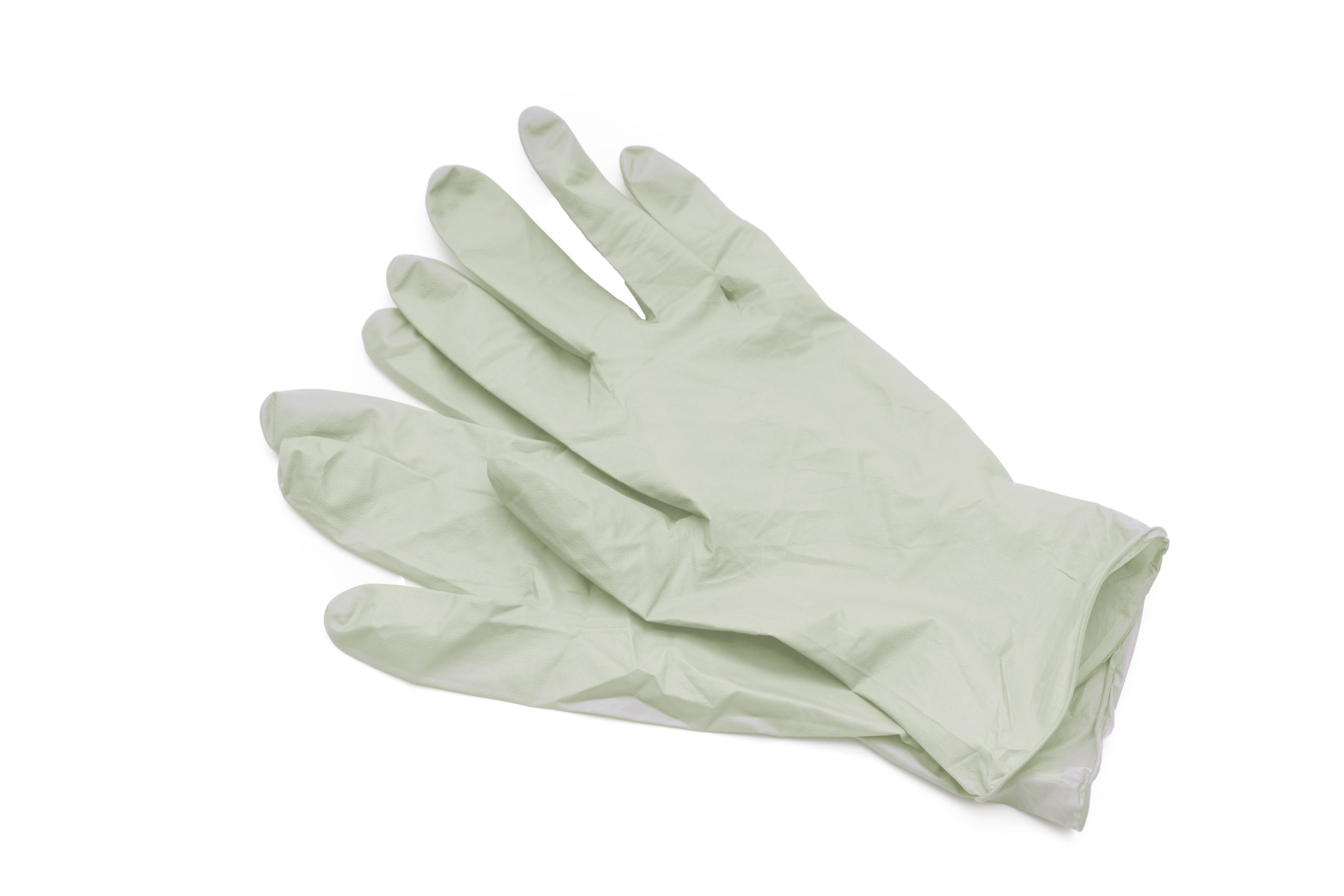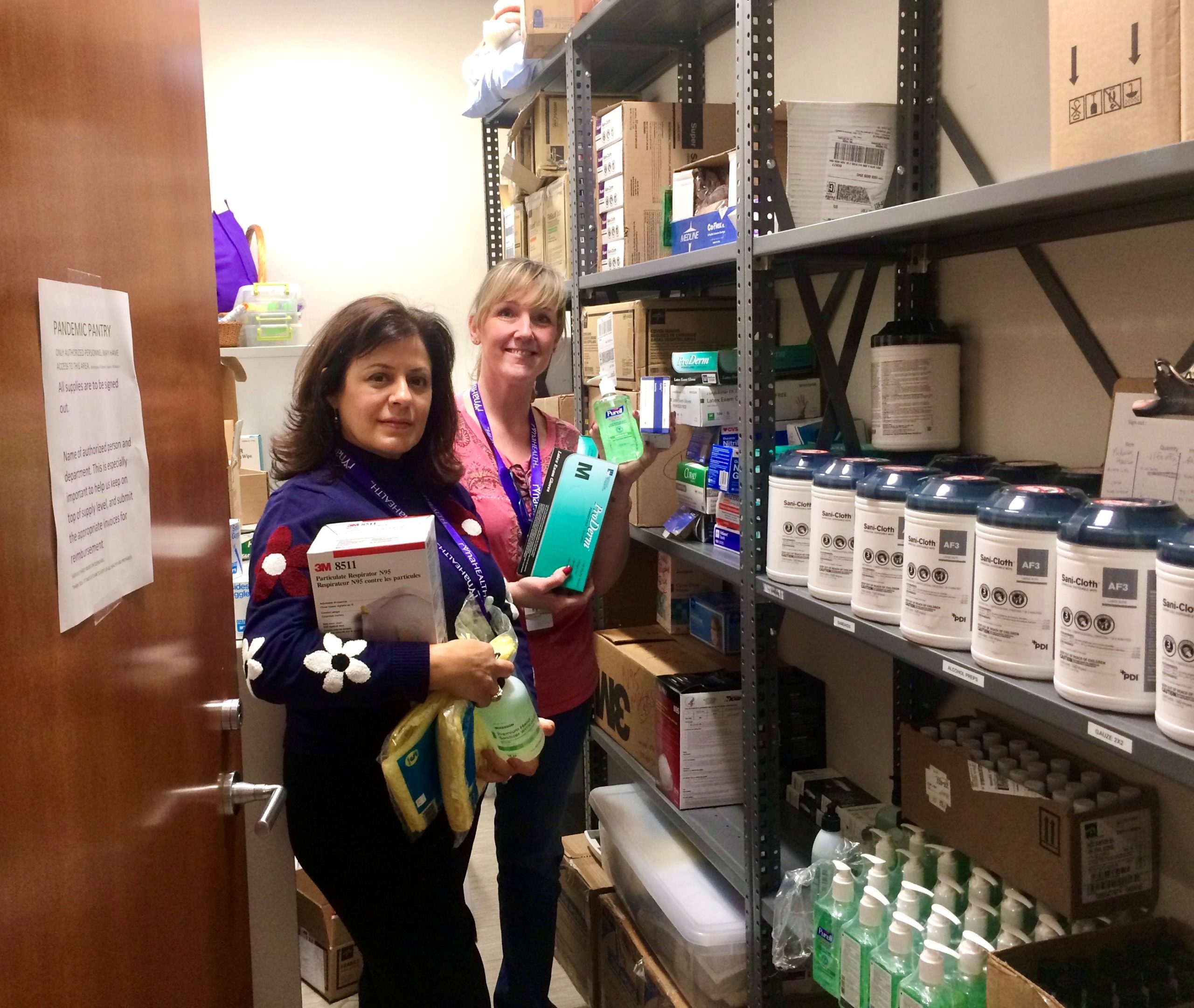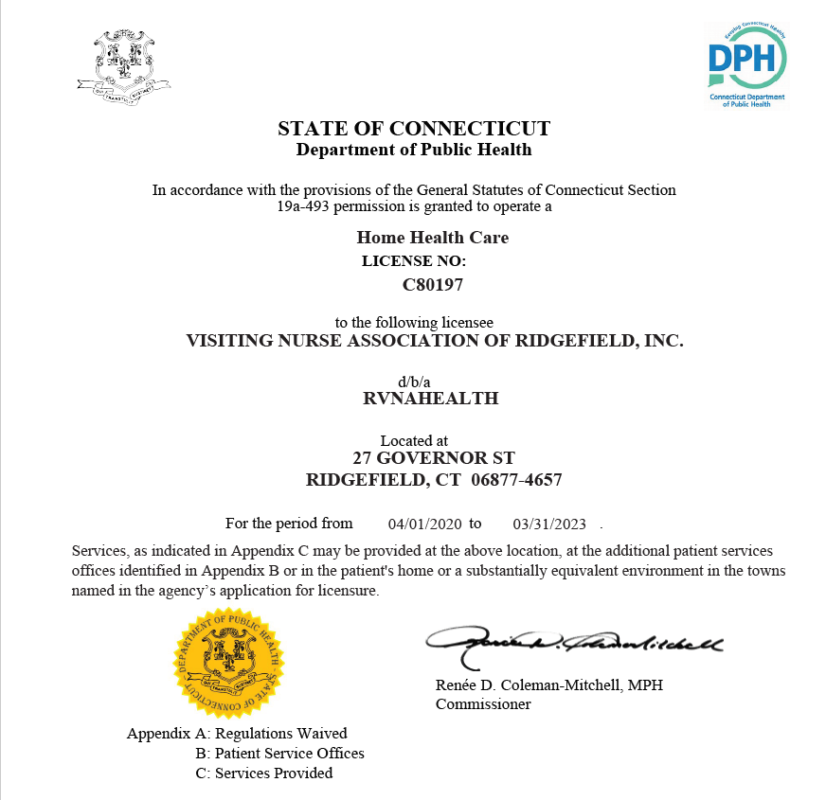We are all becoming well educated on proper hygiene and hand washing techniques to avoid the spread of the coronavirus. But one area of uncertainty for many remains around the virus’ ability to live on and spread from various surfaces. This creates concern for some around handling packages such as mail deliveries, food takeout, and bringing groceries into the home.
On March 17, the New England Journal of Medicine published a study conducted by scientists from the National Institutes of Health, CDC, UCLA and Princeton University. The study showed that coronavirus can live on cardboard for 24 hours and on stainless steel and plastic for up to three days. While this finding has not been made an official position from the CDC, this information has spurred many recommendations on sterilization techniques of packages and food items brought to the home.
The FDA and USDA currently say there is no evidence showing that COVID-19 can be passed on through handling of packages. Specific to food handling, the FDA states, “Currently there is no evidence of food, food containers, or food packaging being associated with transmission of COVID-19. [But] like other viruses, it is possible that the virus that causes COVID-19 can survive on surfaces or objects.” The CDC concurs with this statement but adds that infection spread via air droplets remains the primary mode for spreading.
There will certainly be more information to come on this topic. For now, continued hygiene and handwashing remain as best defenses when handling of any packages entering the home.
For additional precautions, consider the following to minimize surface contact risk.
- Minimize trips to the grocery store by planning ahead
- Consider your re-usable bags to be contaminated and be mindful where you place them in your home
- For items in packages, sanitizing wipes may be used if any concerns
- Continue to wash fruits and vegetables as normal
- Wash hands when returning home with any packages, and again after putting contents away
- Continue to wash and disinfect household surfaces such as countertops; handles, knobs, and fronts of doors, cabinets and appliances; light switches and plates; staircase railing; cell phones; keys; computer keyboards and mice; remote controls
We will continue to update you as information becomes available or official.







